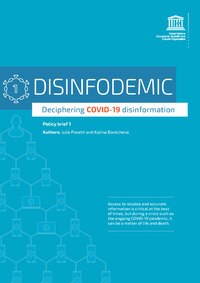
Photo from wikipedia
During the outbreak of COVID-19 in Wuhan in 2020, we conducted a nationwide survey of 8170 respondents from 31 provinces/municipalities in China via Sojump to examine the relationship between the… Click to show full abstract
During the outbreak of COVID-19 in Wuhan in 2020, we conducted a nationwide survey of 8170 respondents from 31 provinces/municipalities in China via Sojump to examine the relationship between the distance to respondents’ city of residence from Wuhan and their safety concerns and risk perception of the epidemic that occurred in Wuhan City. We found that (1) the farther (psychologically or physically) people were from Wuhan, the more concerned they were with the safety of the epidemic risk in Wuhan, which we dubbed the psychological typhoon eye (PTE) effect on responses to the outbreak of COVID-19; (2) agenda setting can provide a principled account for such effect: the risk information proportion mediated the PTE effect. The theoretical and managerial implications for the PTE effect and public opinion disposal were discussed, and agenda setting was identified to be responsible for the preventable overestimated risk perception.
Journal Title: International Journal of Environmental Research and Public Health
Year Published: 2023
Link to full text (if available)
Share on Social Media: Sign Up to like & get
recommendations!